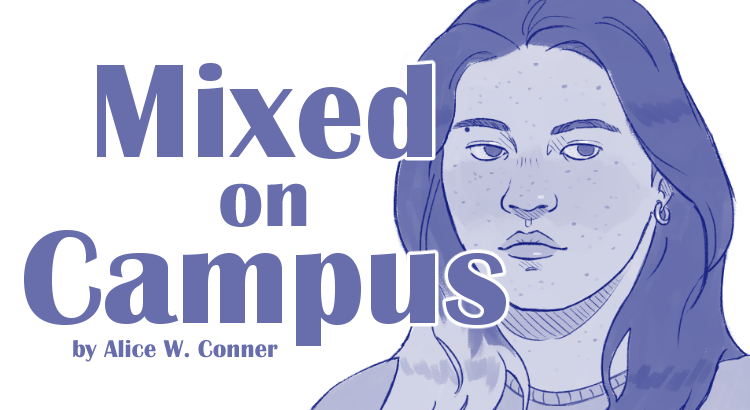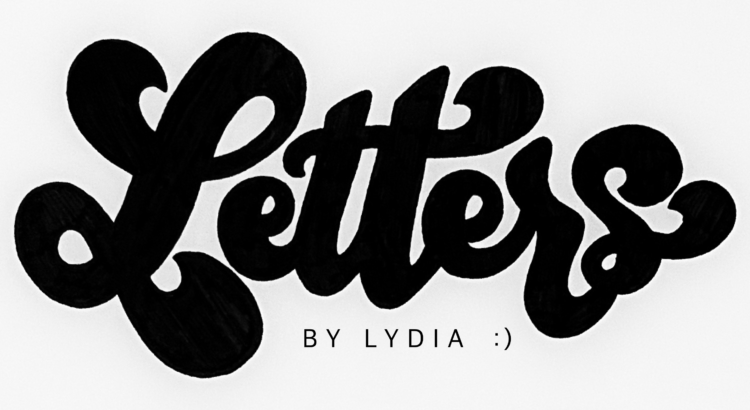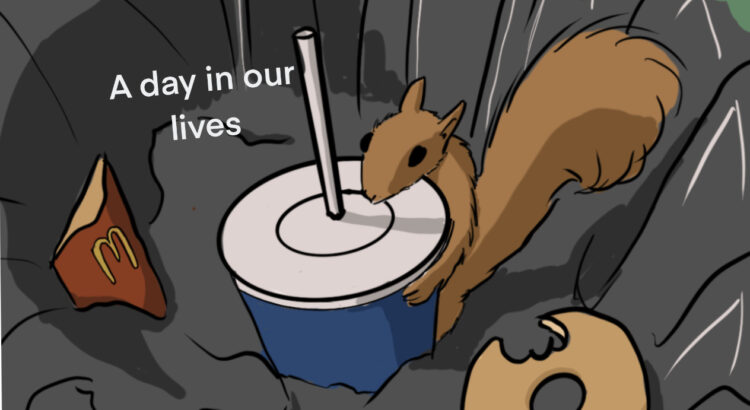
Name: Maeve Lucas
Mix: Transnational Adoptee
Major & Year: BCN; Junior
Q: How has being mixed affected your campus experience?
A: It definitely took me some time to find my place on campus freshman year. There were certain groups I didn’t fit into as well because I was mixed and didn’t fully identify as one ethnicity. Mixed@Michigan has really given me a community that has allowed me to grow into myself.
Q: What do you wish more people knew about the mixed experience?
A: Almost every mixed person has gone through some type of scrutiny. While everyone’s experience is unique, mixed people often face what most minorities experience. Though we can also be scrutinized by our own cultural group. It’s a very “in-between” feeling.
Q: What kind of person do you aspire to be / who is the most influential person in your life?
A: My mom. Sometimes people feel like transnational adoptees feel like they were “saved” by their adoptive parents, and I think that terminology is flawed. While my mom is my best friend and biggest supporter, she is not my savior. My mom is my mom like your mom is your mom. I aspire to be a mom like her. If I could even be half as great as a mom she is, I would be happy with that.



 Positive space is the thing itself, and negative space is the lack of the thing, or what’s around it. On the left, you can see that the “Hi” is written using negative space, because the color exists all around it, but the letters themselves are empty. On the right, the “Hi” is an example of positive space, because it is the thing itself (by contrast, the white all around it is negative space).
Positive space is the thing itself, and negative space is the lack of the thing, or what’s around it. On the left, you can see that the “Hi” is written using negative space, because the color exists all around it, but the letters themselves are empty. On the right, the “Hi” is an example of positive space, because it is the thing itself (by contrast, the white all around it is negative space).




 The tips are flexible enough that you can use them as if they were brush pens, but you can also use them on their sides like highlighters, and with an even amount of pressure to get a consistent line. Depending on how hard you press, the thickness varies wildly, which is another great quality because it makes them super versatile. Another positive is that, because they’re inexpensive, you don’t have to feel bad about overusing them, experimenting with them, or not taking great care of them.
The tips are flexible enough that you can use them as if they were brush pens, but you can also use them on their sides like highlighters, and with an even amount of pressure to get a consistent line. Depending on how hard you press, the thickness varies wildly, which is another great quality because it makes them super versatile. Another positive is that, because they’re inexpensive, you don’t have to feel bad about overusing them, experimenting with them, or not taking great care of them.





